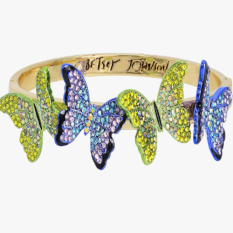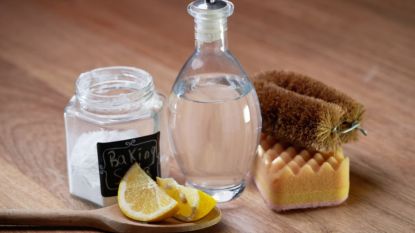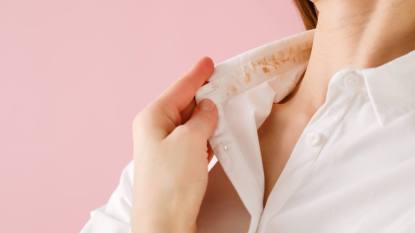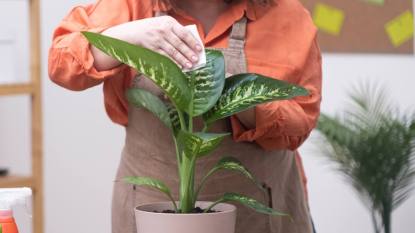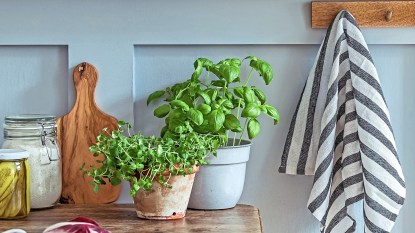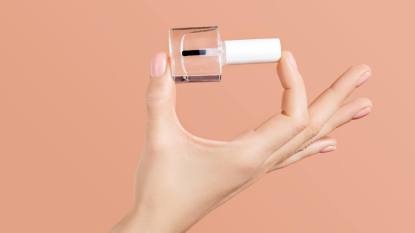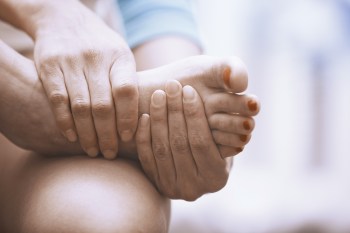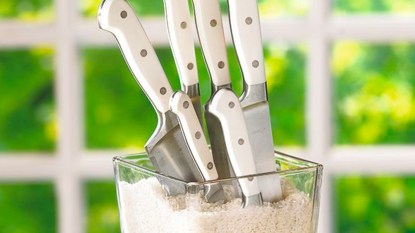Mold in Your Home? Here’s How to Get Rid of It

Not only does mold look horrible, but it can have some pretty nasty effects on your health, putting you at risk of developing respiratory problems, allergies, and even have a negative impact on your immune system, so it’s important to get rid of mold as soon as you spot the first signs.
Not only is it important to get rid of mold, but it’s also essential to tackle the cause of the mold to prevent it from ever coming back.
What is mold?
Mold is a fungus that thrives in the environment of our homes thanks to the warm and cozy climate. It grows in damp, poorly ventilated areas, which is why it commonly occurs in bathrooms. In the right conditions, mold can grow just about anywhere from carpets and walls to your loaf of bread.
How to Spot Mold
Most mold is easily identifiable, but sometimes, spots of mold can be small or hidden. There are also some other signs that mold could be lingering in your home.
- Lingering cold or flu-like symptoms — try spending a few nights away from home to see if you start to feel any better.
- A musty or damp smell
- Nose bleeds
- A history of flooding in your home
- Difficulty breathing
- Recent headaches that seem to be getting worse
How is mold harmful?
Molds produce allergens (substances that can cause an allergic reaction), irritants and, sometimes, toxic substances. Inhaling or touching mold spores may cause an allergic reaction, such as sneezing, a runny nose, red eyes, and skin rash. Molds can also cause asthma attacks.
No one is immune to the effects of mold either and it can affect babies, children, healthy adults, elderly, and especially those with weakened immune systems.
How to Get Rid of Mold
- When removing mold, it’s important to protect yourself from the spores. Try to wear goggles, rubber gloves, and a mask to cover your nose and mouth. Open up the windows in the room if there are any, but be sure to keep doors closed to prevent any mold spores from reaching other areas of your home.
- Remove any soft furnishings, such as towels, curtains, toys, blankets, clothes, and cushions. Make sure you clean them thoroughly at a high temperature to remove any mold or spores.
- Never spray mold with chemicals as it causes the mold to disperse its spores into the air. Instead, use a bucket of warm, soapy water and carefully wipe the mold off with a rag — do not use a brush. Afterwards, put the rags in a plastic bag and throw them away.
- Wipe the surface dry with a clean rag, then vacuum the room to get rid of residual spores.
If the area of mold is larger than three feet in size, you’ll need to get a professional in to clean it up for you.
How to Prevent Mold
- Try to dry clothes outside as much as possible. If you can’t, dry your clothes in a room with the window open and shut the door to the room until it’s dry.
- When cooking, put lids on saucepans, open the windows, and put the extractor fan on.
- When showering, open windows and put the bathroom extractor fan on.
- Open the windows in the house as much as you can (at least 15 minutes each morning if it’s chilly or raining out).
- Leave doors open as much as possible to promote ventilation.
- Try and keep the temperature of your home between 16 and 22 degrees, making sure it’s always a little cooler in the bedroom.
This article originally appeared on our sister site, Yours.

